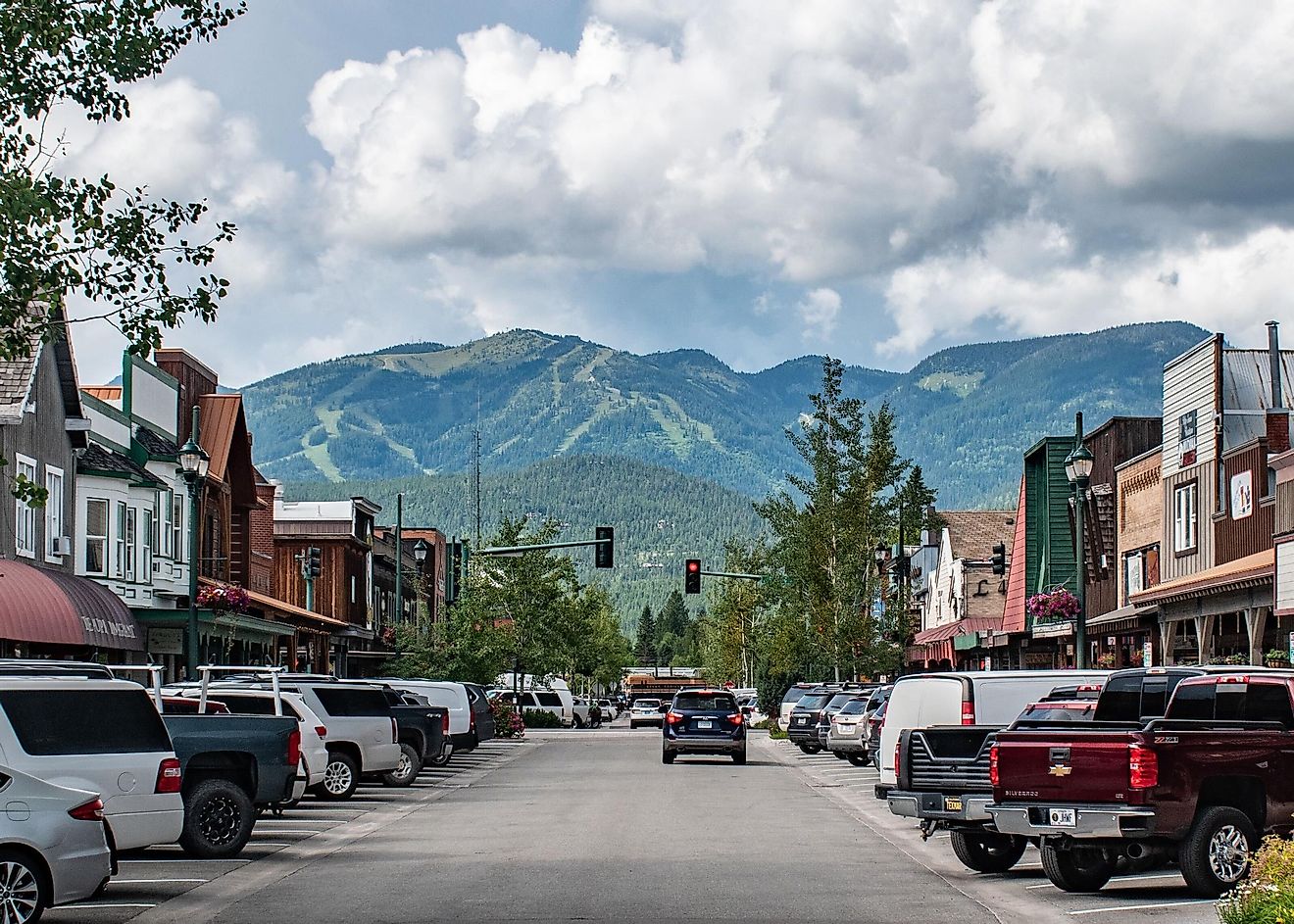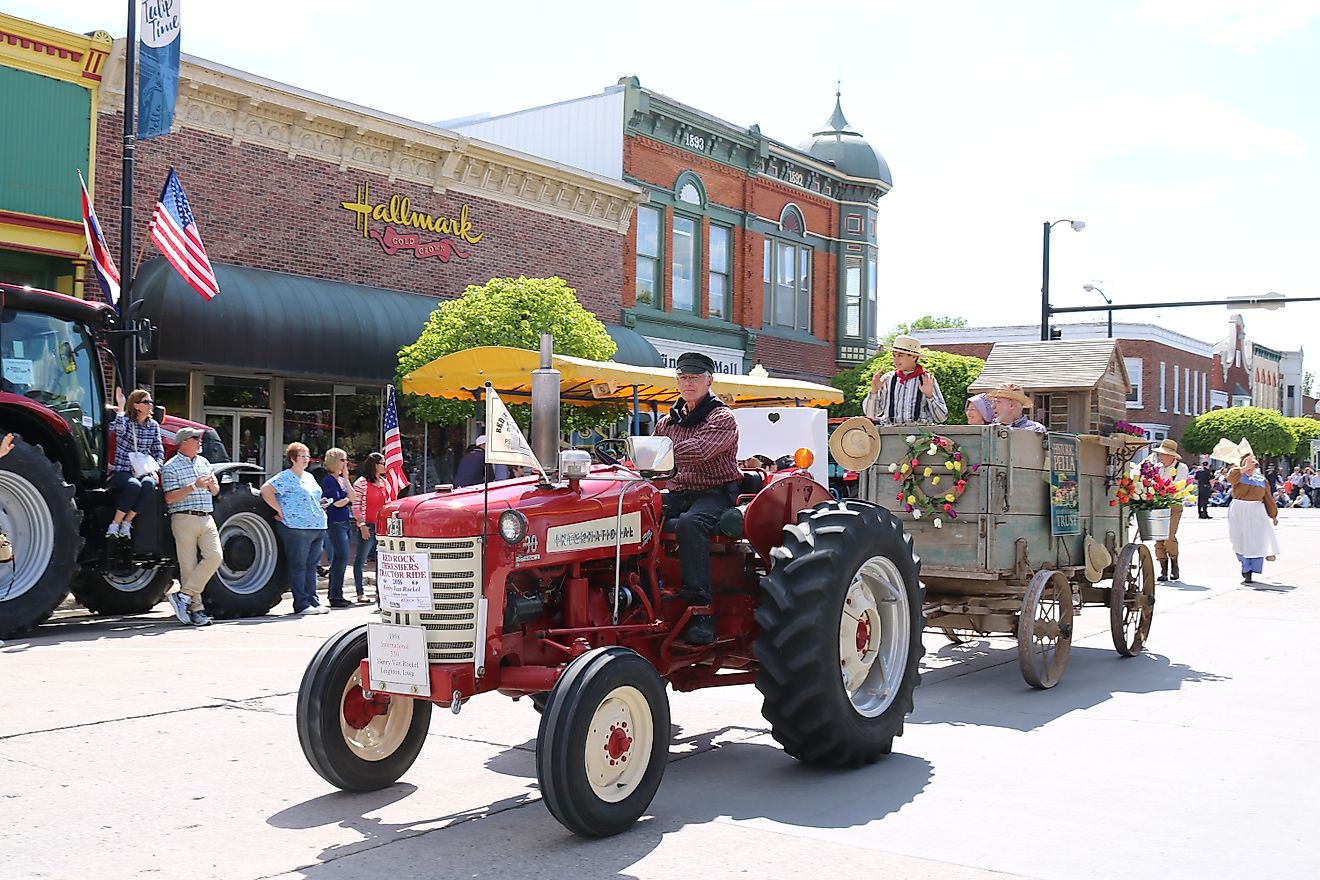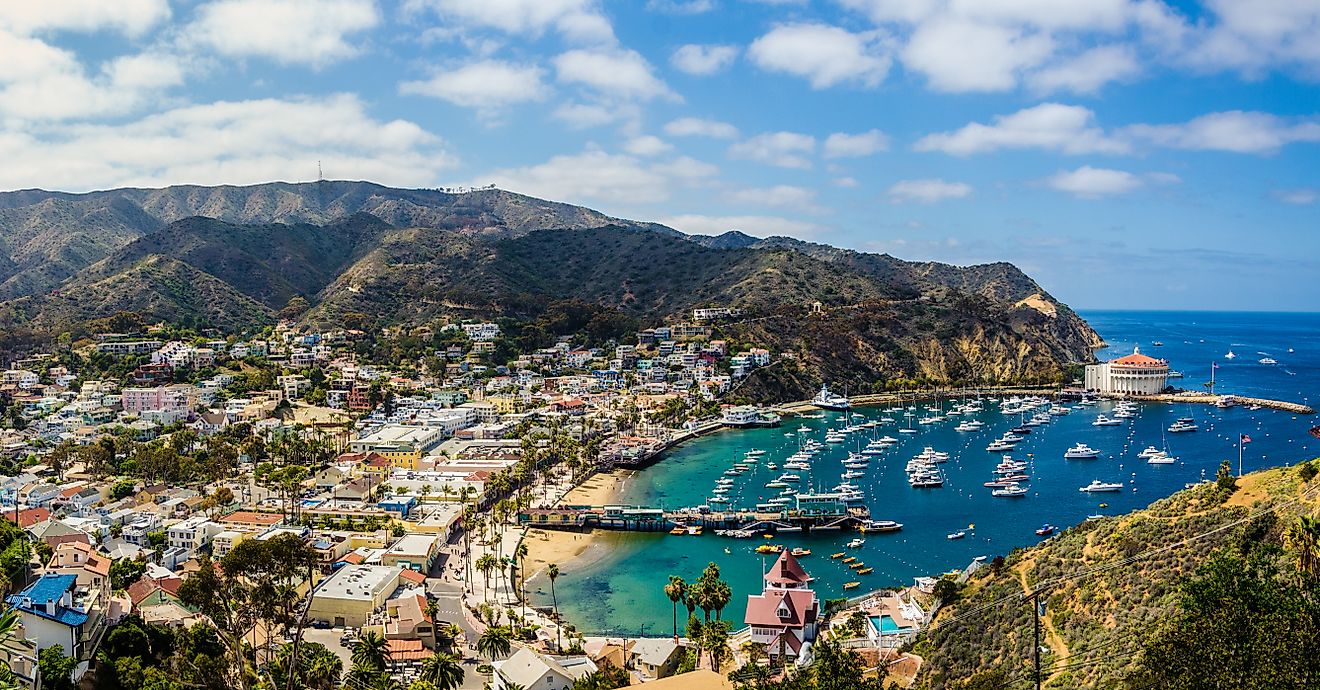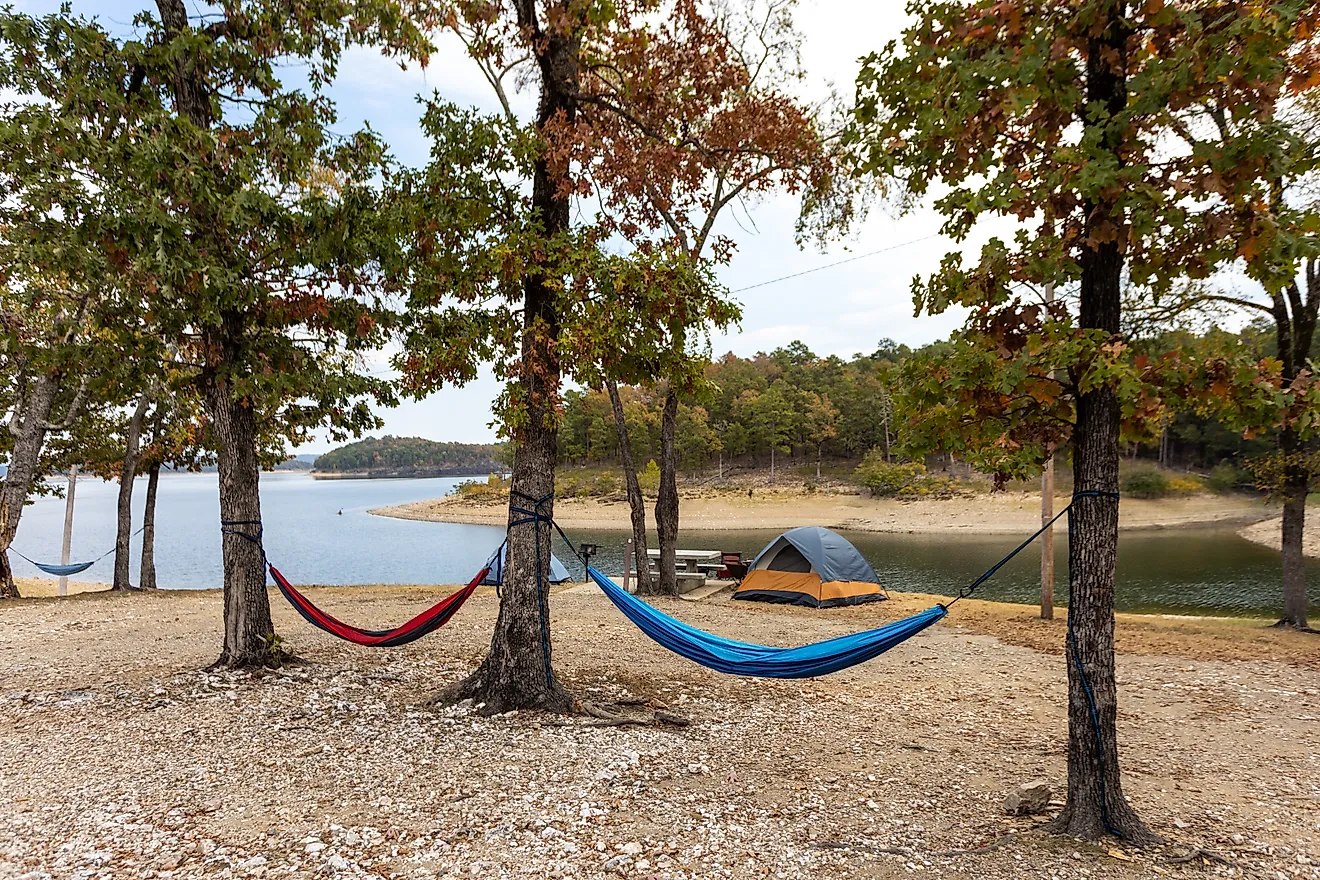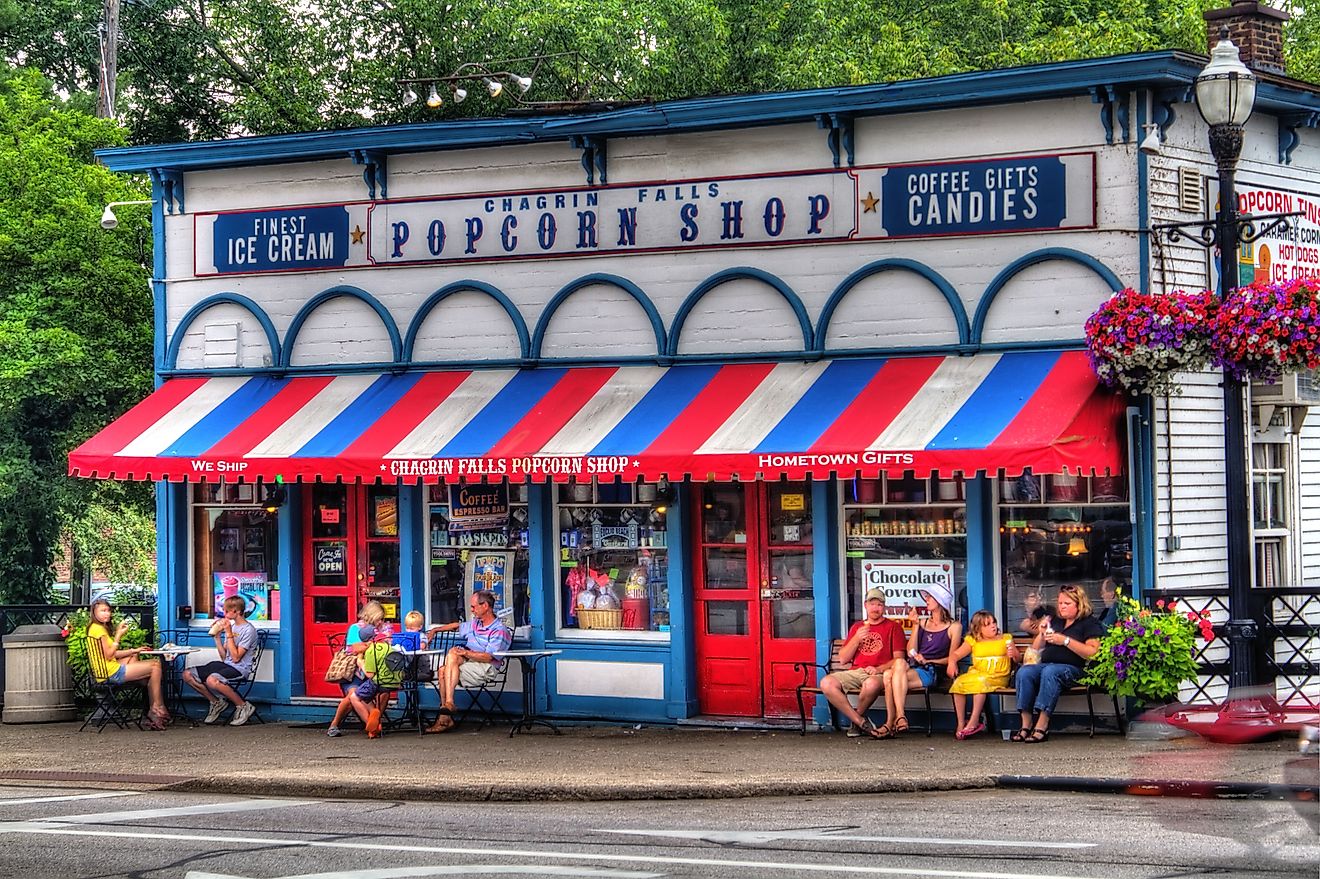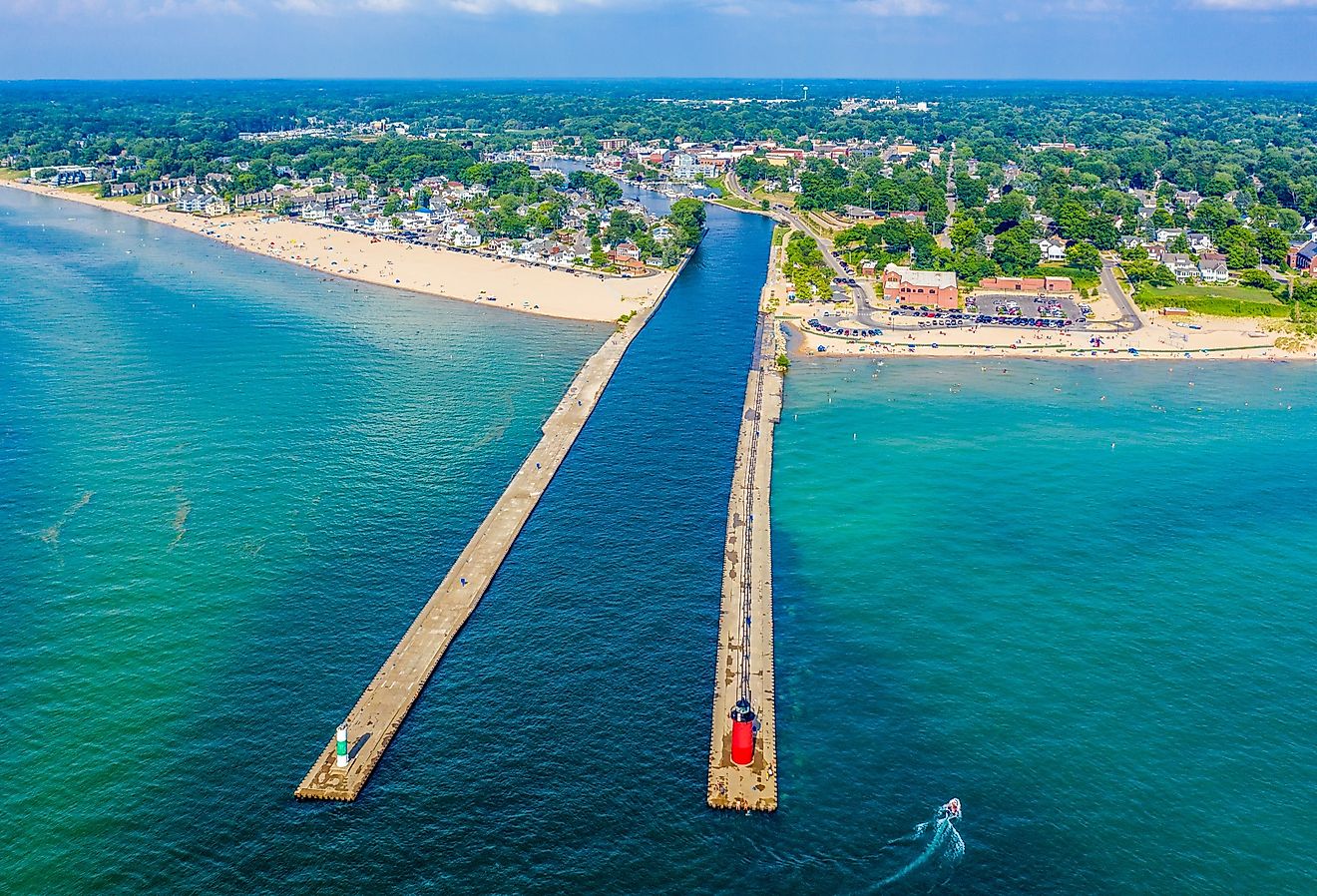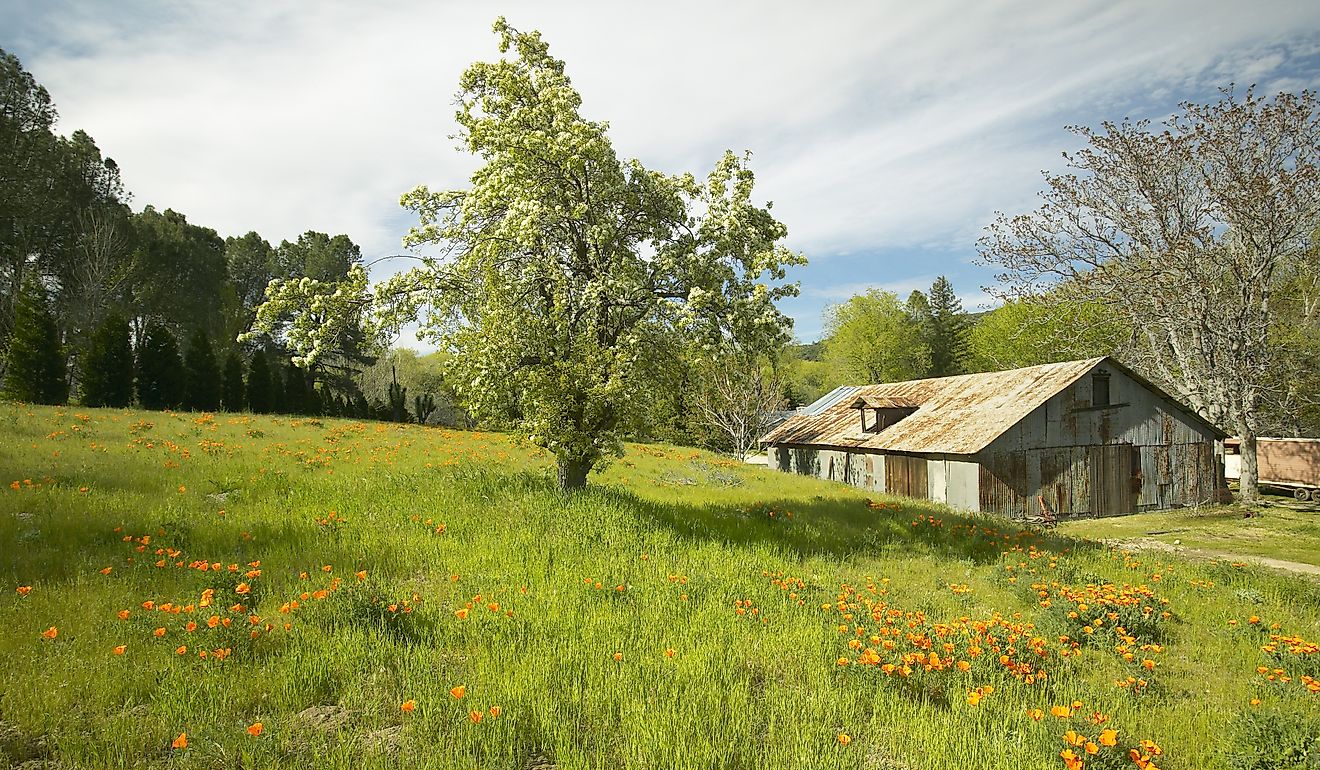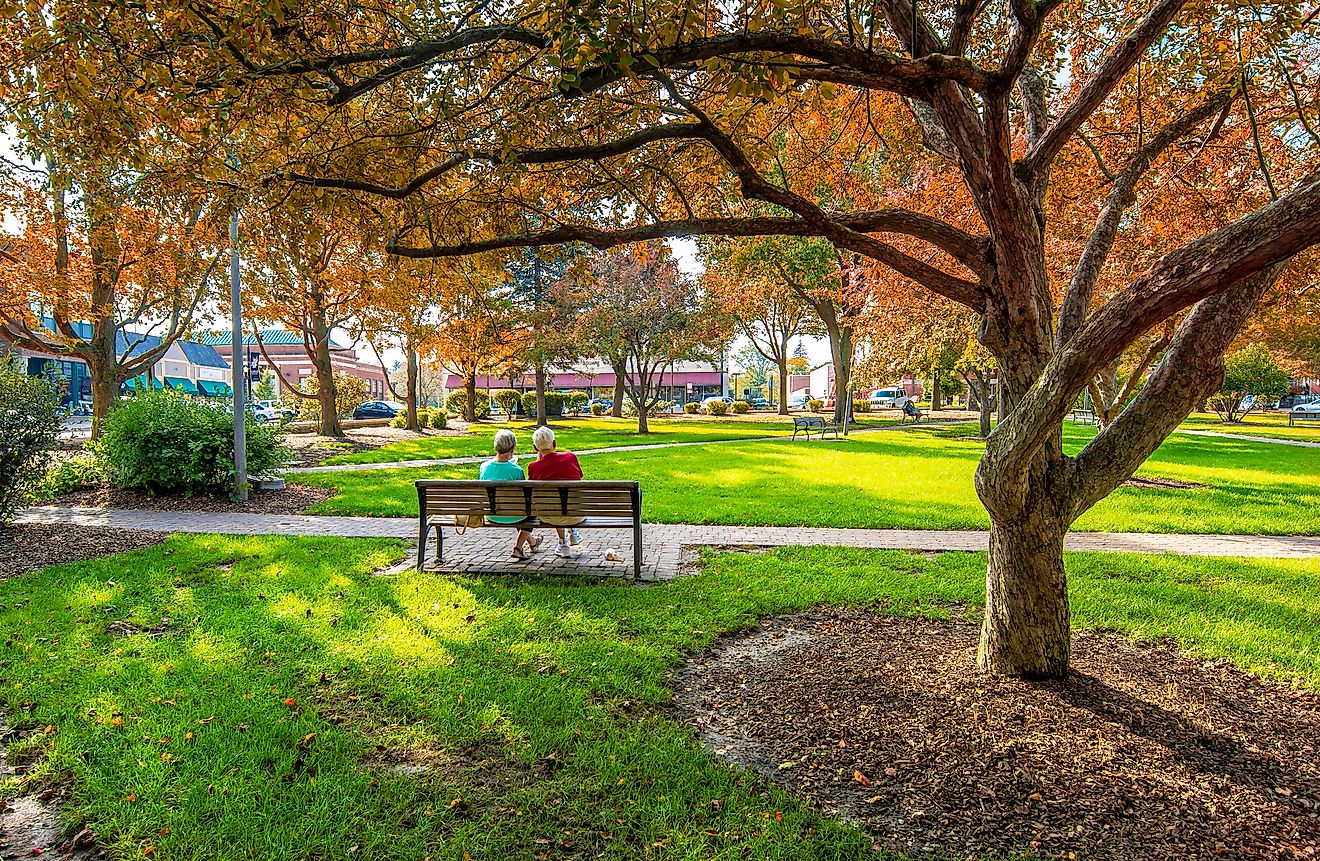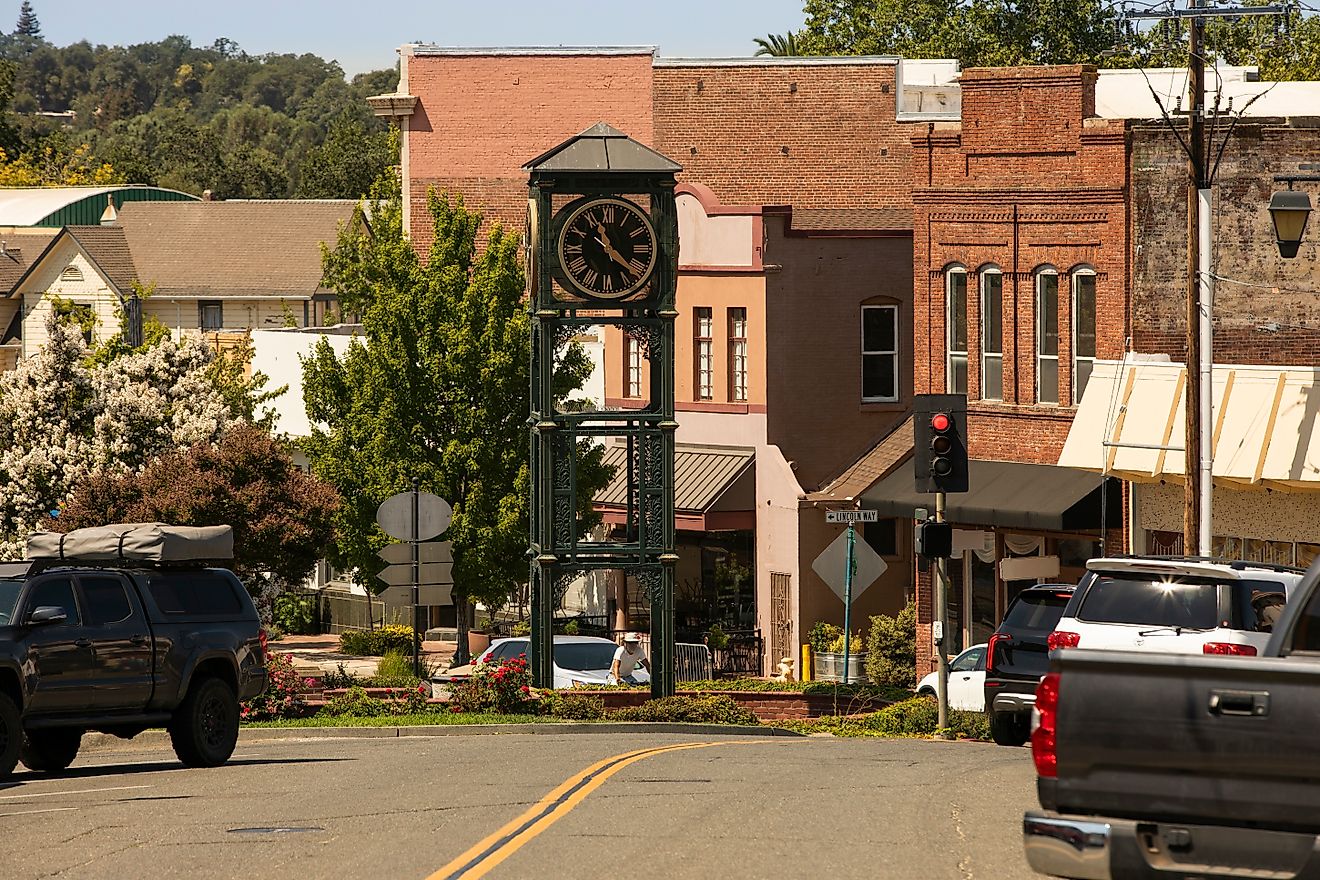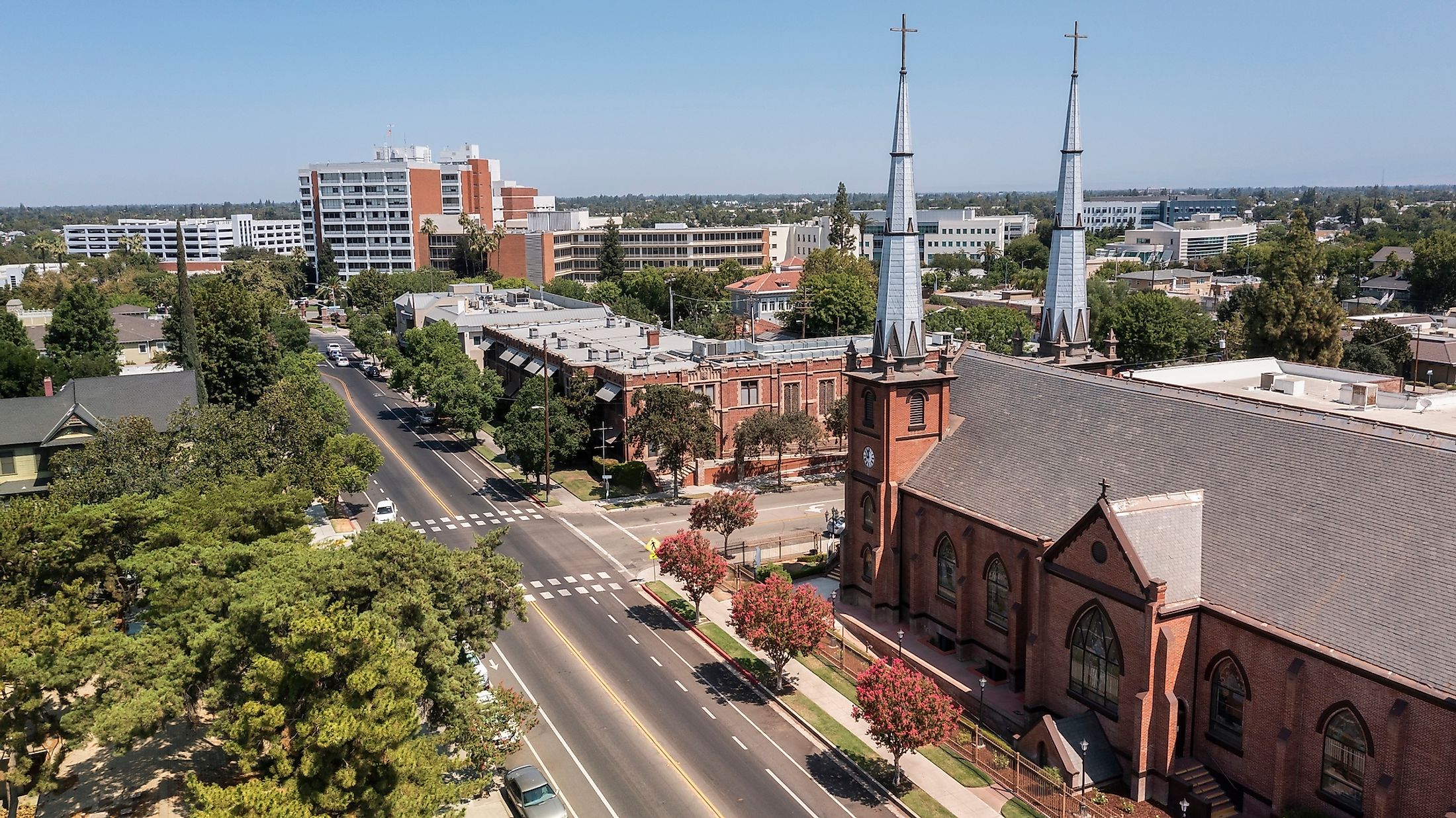
Fresno, California
Fresno is a large city situated in the San Joaquin Valley in Fresno County, close to the geographical center of the US State of California. It is also the largest city in the greater Central Valley region, the nation’s 34th most populous city, the state’s most populous inland city, and its 5th most populous city. The city has been named after the large number of ash trees that line the San Joaquin River and serves as the economic center of Fresno County and the San Joaquin Valley.
Geography Of Fresno
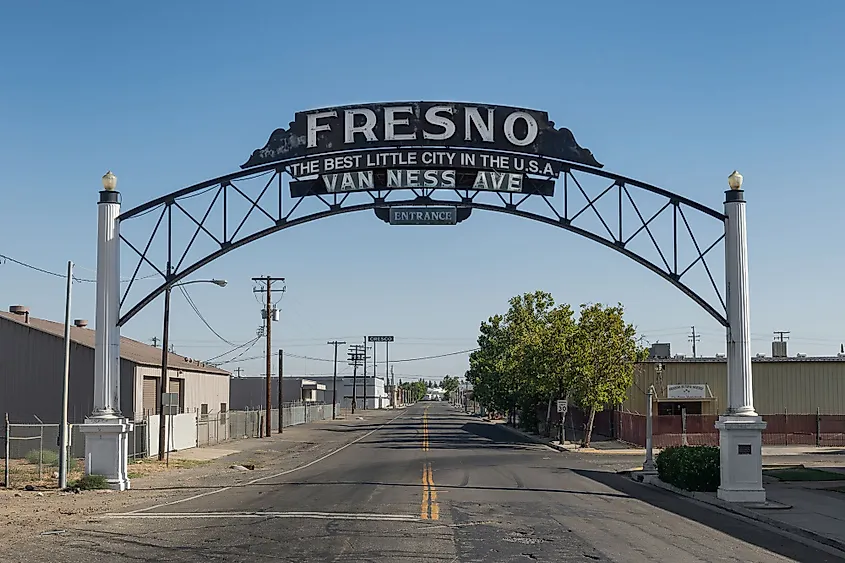
Fresno covers a total area of 291 sq. km, of which 1.0 sq. km is occupied by water, and 290 sq. km is occupied by land. The city is situated approximately 350km to the north of Los Angeles, 270km south of the state capital city of Sacramento, and 300km southeast of San Francisco. The city is just two and a half hours drive away from Big Sur, Carmel, and Monterey. Fresno also serves as a major gateway to the Yosemite National Park, the Sequoia National Park, the Kings Canyon National Park, and the Sierra National Forest. The city is situated close to many Sierra Nevada lakes, including Huntington Lake, Bass Lake, and Shaver Lake. Woodland Park, Kearney Park, and Roeding Park are the three large public parks located in Fresno.
Climate Of Fresno
According to the Köppen climate classification, Fresno experiences a Mediterranean climate with very hot and dry summers and cold, wet winters. The hot summer season lasts from the beginning of June to the end of September, where July is the warmest month, having an average high temperature of 28.6°C. The cold winter season lasts from the end of November to the end of February, where December and January are the coldest months, having an average temperature ranging between 8.6°C and 8.9°C. Fresno receives an average precipitation of 279mm per year.
Brief History Of Fresno
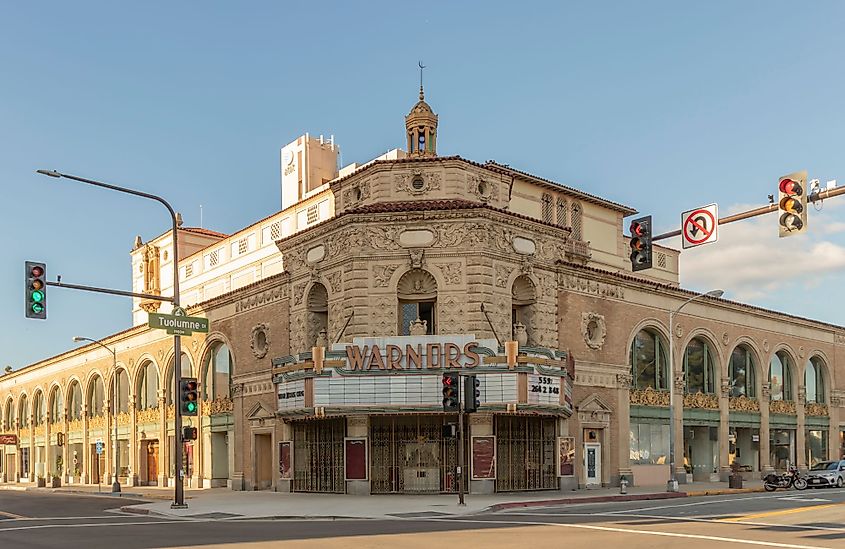
It is believed that the San Joaquin Valley was initially inhabited by the native Yokuts and Miwoks, who were involved in trading various animal and plant products with the other Californian tribes. The Spanish explorer Pedro Fages was the first European to enter the San Joaquin Valley. After California Gold Rush in 1856, Fresno County was formed and was named after the large number of ash trees which grew along the San Joaquin River. A station was established by the Central Pacific railroad for its new Southern Pacific railway line in May 1872. In due course, a store was set up close to the station that eventually grew to the town of Fresno. Fresno was officially incorporated as a city on October 21, 1885. The city started developing as an agricultural community after the introduction of irrigation in the 1880s. In September 1958, the Bank of America Corporation launched the BankAmericacard in Fresno, which soon became the first successful credit card. The BankAmericacard later became a separate company named Visa Inc. in 1976.
The Population And Economy Of Fresno
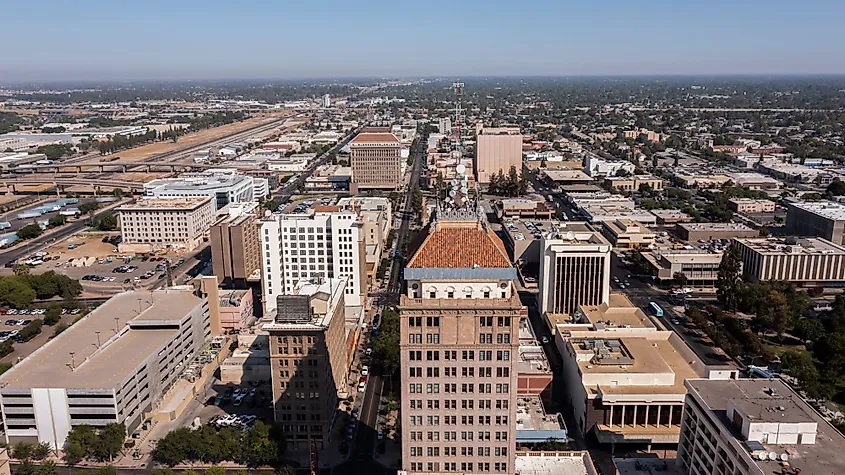
Being the principal city of the Fresno-Madera Combined Statistical Area, Fresno is home to 531,581 inhabitants as per the latest US census. The city’s population has increased from the last census, which recorded that Fresno was home to 494,665 inhabitants. The Hispanic White represents 33.7% of the city’s population, followed by Non-Hispanic White at 26.7%, Asians at 1.34%, other races at 12.8%, and African Americans at 6.6%. Based on the number of degrees awarded, the largest universities in Fresno are the California State University – Fresno, the Fresno City College, and the Clovis Community College.
The median household income in Fresno is $53,161, while the median property value is $276,600. The economy of Fresno employs 224,000 people in various industries, including Retail Trade, Educational Services, and Health Care & Social Assistance. Some of the major companies based in Fresno are Saladino’s Foodservice, Pelco Incorporated, and the Valley Yellow Pages.
Tourist Attractions In Fresno
Fresno Art Museum
The Fresno Art Museum is a well-known art museum located in Fresno. The museum exhibits modern and contemporary artworks by various leading artists such as Andy Warhol, Norman Perceval Rockwell, Robert Cremean, Ruth Asawa, etc. The permanent collection of the museum also includes Mexican-American art and Pre-Columbian sculptures.
Forestiere Underground Gardens
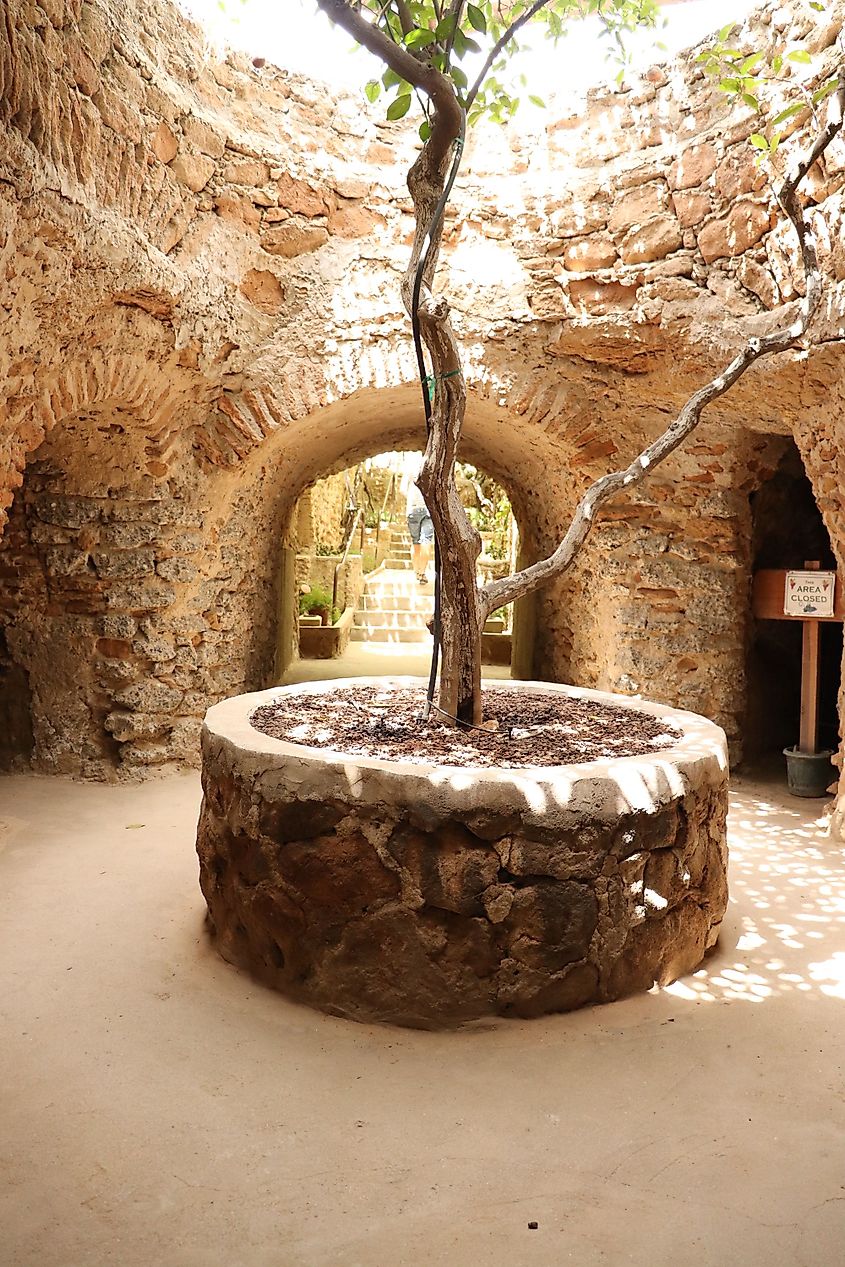
The Forestiere Underground Gardens are a chain of subterranean structures that was built from 1906 to 1946 by Baldassare Forestiere, who arrived in Fresno from Sicily. The spectacular Forestiere Underground Gardens are considered an unusual example of vernacular architecture and are currently managed by the Forestiere family members via the Forestiere Historical Center. The Forestiere Underground Gardens were added to the National Register of Historic Places on October 28, 1977.
Holy Trinity Armenian Apostolic Church
The Holy Trinity Church is a well-known Armenian Apostolic church established in 1914 in Fresno. Designed by the eminent architect Lawrence Karekin Cone, the Holy Trinity Church is one of the nation’s earliest Armenian churches and the first to combine American Revivalism architecture with traditional Armenian architecture. The Holy Trinity Armenian Apostolic Church was listed in the National Register of Historic Places on July 31, 1986.

